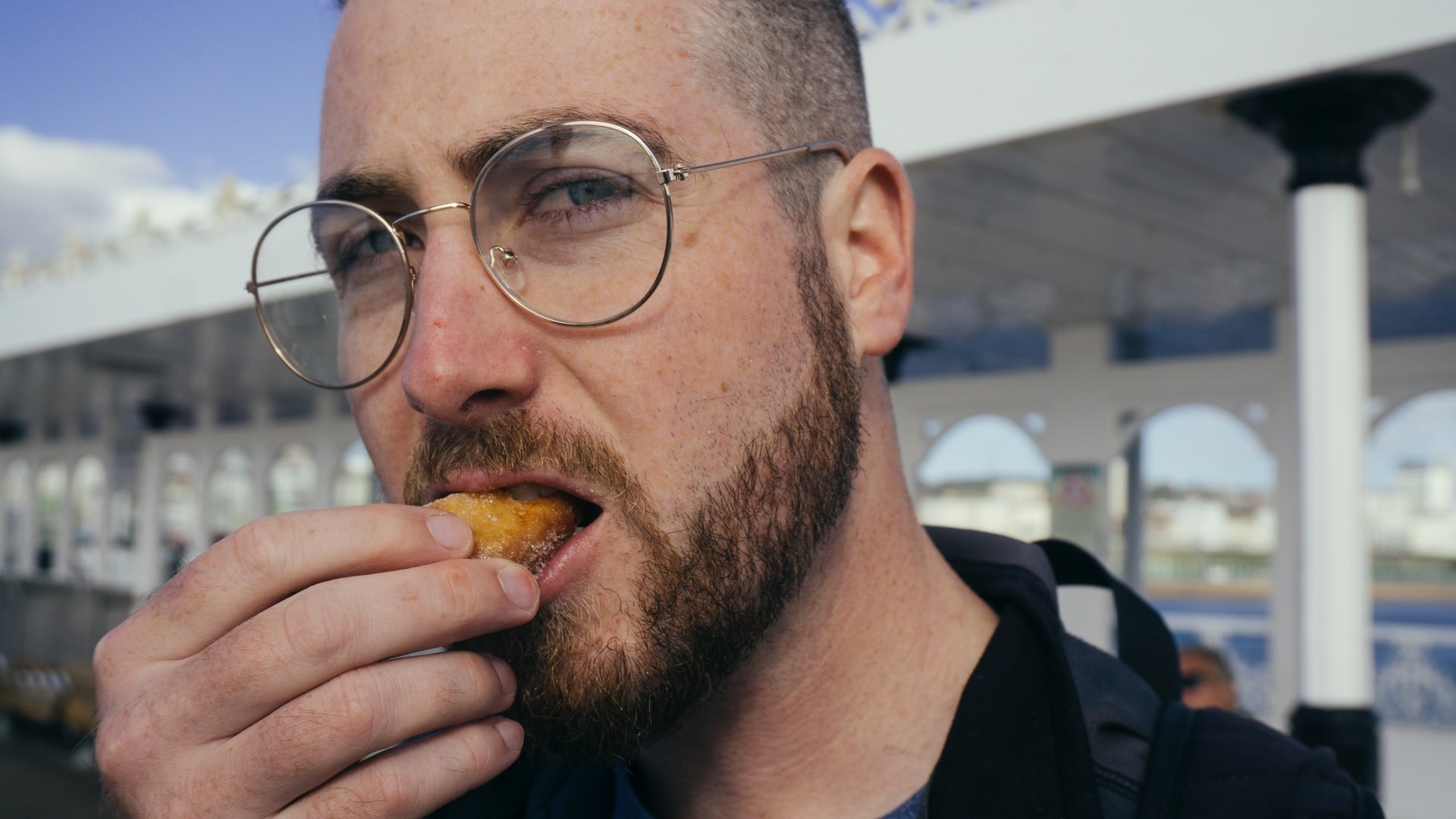
Food is to the human body as fuel is to an engine or machine. You eat in order to keep your body in good working condition. Food becomes useful after it is broken down into its component parts of smaller molecules for easy absorption by the body.
At the core of what you eat are micronutrients such as carbohydrates, fat, protein and vitamins. To transform your meal into a consistency that can be absorbed in your bloodstream, a series of steps involving crushing, dissolving and breaking down of food will have to take place in your body. This amazing process that can change solid food such as an apple into a mass of vitamins and minerals is called digestion.
Your meal can take up to 12 hours to be completely digested. To do this, food goes through a series of organs that are connected by a long tube inside your body.
The essential organs of digestion
Mouth
Digestion starts at the mouth when food enters it. The teeth in your mouth are built to chew and crush solid or semi-solid matter it with the help of the saliva. The saliva contains a digestive enzyme that softens food and makes it easy to swallow and pass through the oesophagus.
Oesophagus
The oesophagus is a narrow tube-like passageway that connects the mouth to the stomach.
Stomach
When food enters the stomach, chemicals called gastric juices interact with the chewed food to break it down to even smaller particles. This process of dissolving food with the help of enzymes found in the stomach can take up to 5 hours. The result of the 4 or 5 hour process is chyme-- a liquefied mass with a creamy consistency.
Small intestine
Food that is dissolved in the stomach passes to the small intestine, the most important organ of your digestive system, which seems to have a misleading name. Measuring around 22 inches long in your body, the small intestine subjects food to more digestive juices and enzymes produced by the pancreas and liver. Pancreatic juices break down carbohydrates and protein while bile from the liver breaks down fat. This time, food will have been broken down into particles that are small enough to pass through the walls of the small intestine and into the bloodstream.
Large intestine
Not all food particles are capable of being digested entirely in the small intestine. For instance, fiber cannot be broken down by gastric juices and enzymes. As a result, fiber travels through the digestive system almost always in its original state. At other times, you may consume more food than your stomach and small intestine can digest entirely. What is not broken down into smaller molecules are segregated in the small intestine and moved to the large intestine.
Rectum
While strictly speaking not a part of the digestive system, the rectum plays an indispensable role in digestion, that of elimination. Typically, undigested matters found in the large intestine eventually leave your body through the rectum or anal opening during a bowel movement.
Originally published on May 15, 2009








